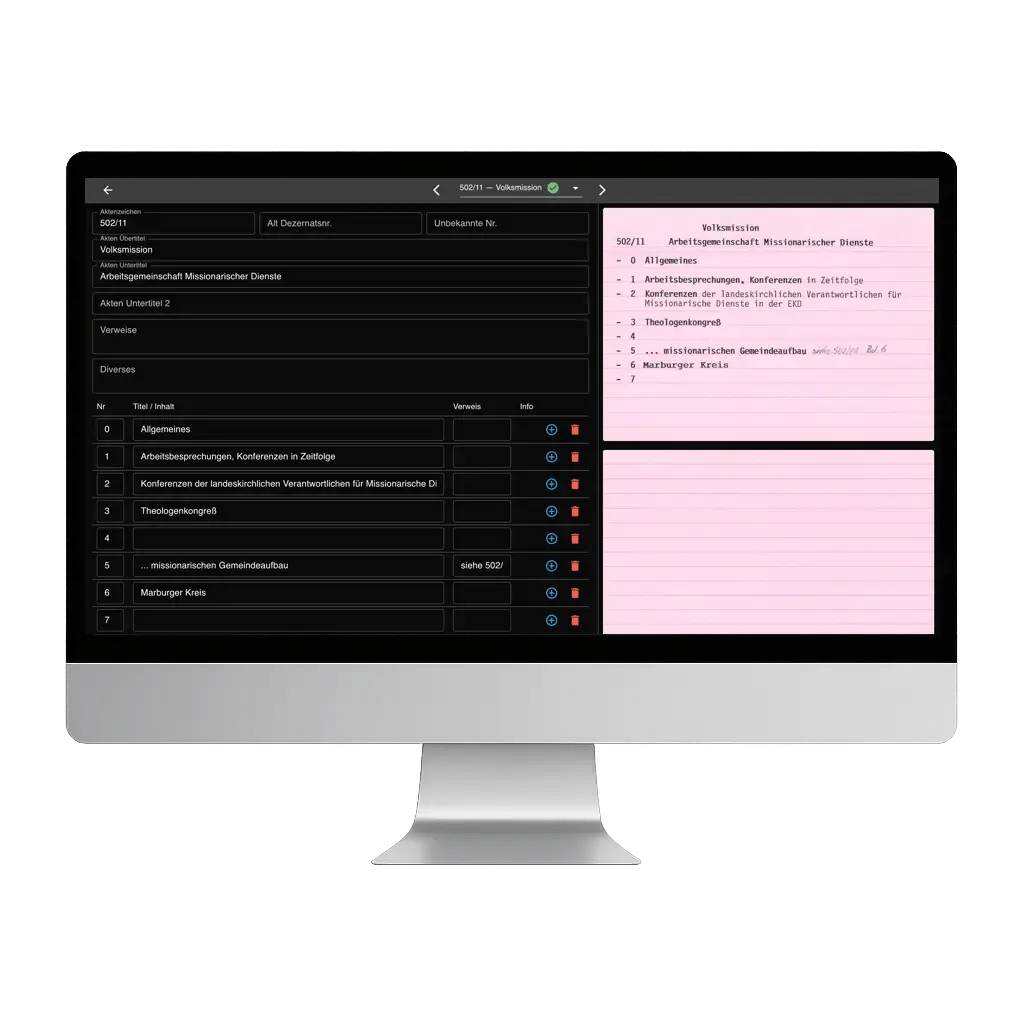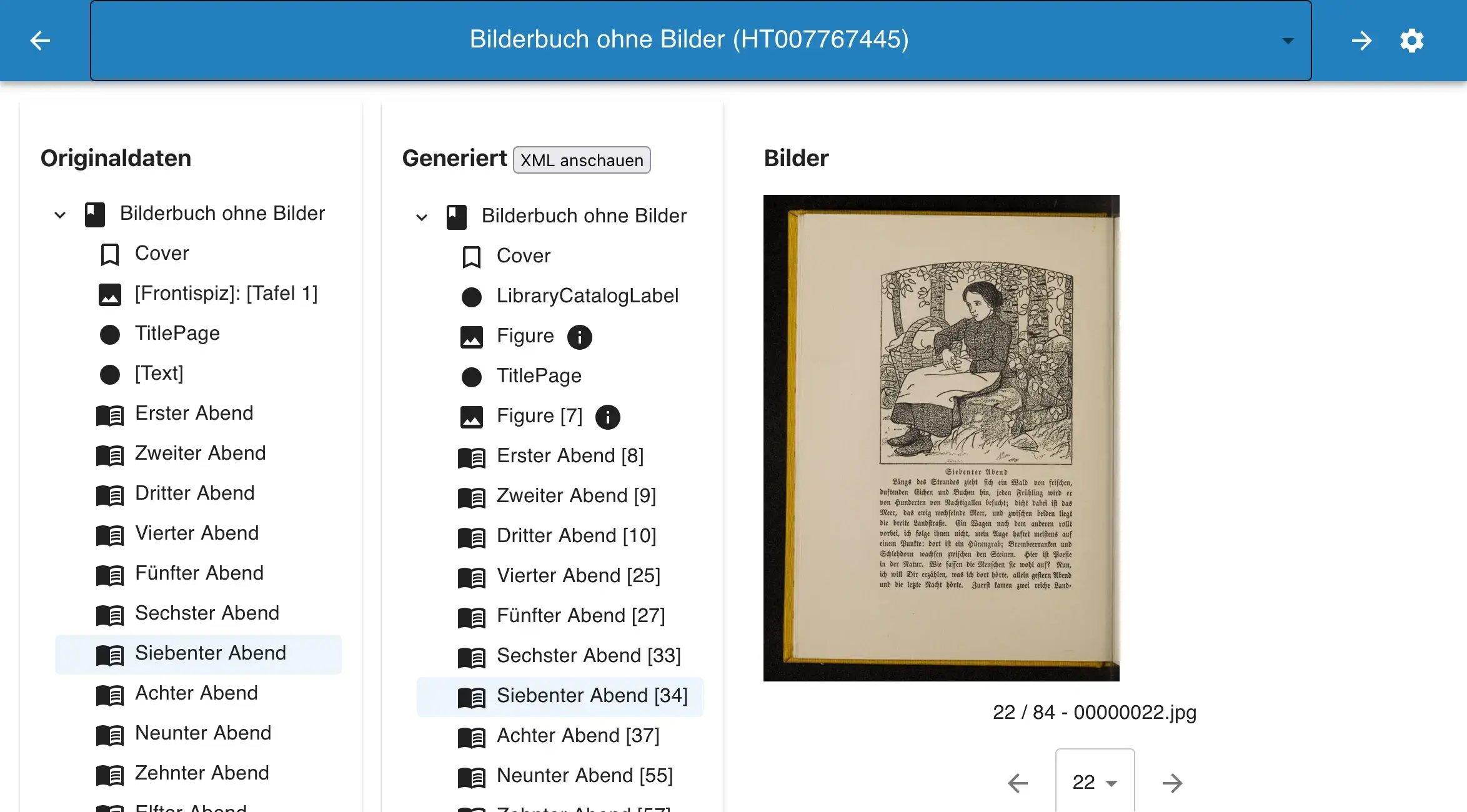
Demystifying AI Training: A Guide for Archivists and Librarians

 Understanding AI in Archiving. Source: DALL·E 3
Understanding AI in Archiving. Source: DALL·E 3
Artificial Intelligence (AI) has emerged as a powerful tool in various fields, including archiving and librarianship. At Archipanion, we harness the power of AI to streamline the management and exploration of vast multimedia collections. However, a common question arises: "How do we train AI to comprehend such diverse material?" Let's delve into the intricacies of AI training and its relevance to archives and libraries.
The Foundation of AI: Data and Learning
At the heart of AI lies a model, a mathematical structure that learns from data. Picture an eager student immersed in a classroom filled with historical and contemporary documents, photographs, and films. Just as a student absorbs knowledge from textbooks and experiences, our AI model learns by analyzing a vast array of multimedia content.
How Does AI Training Work?
Envision our AI as a blend of historian and linguist. It scrutinizes images, simultaneously processing accompanying text descriptions (like captions). With each encounter, it establishes connections between specific words and phrases with visual elements. For instance, upon encountering numerous paintings with the word "Impressionism," it starts to recognize the style's distinctive brushwork and use of light.
The AI Model: A Visual and Language Expert
The machine learning model we employ excels at making these associations. It's like a personal assistant that's both a visual expert and a language whiz, trained to bridge the gap between visual and textual data.
Training Our AI: A Diverse Array of Data
The AI we're using is currently trained on a diverse collection of image and video datasets, including:
- Flickr30k: Capture everyday scenes in 31,000 images with detailed captions.
- Microsoft COCO: Over a million images focused on object recognition.
- MSRVTT: 10,000 video clips annotated with language, linking video content to words.
- TextCaps and TGIF: Specialized in understanding complex image captions and animated GIFs.
- VaTeX: Provides 41,250 multilingual video clips, expanding our AI's language capabilities.
- ImageNet: Aims to categorize around 50 million images into diverse categories.
These datasets collectively offer a rich tapestry of life, culture, and language, essential for training an AI that assists archivists and librarians in managing and interpreting their collections.
Our Ongoing AI Research: Pursuing Excellence in Multilingual Understanding
In our ongoing quest for AI innovation, we are working with the University of Basel to research and test advanced AI methods. This partnership is fundamental to our efforts to improve AI's ability to understand multiple languages. Our goal is to test and validate different models that outperform our current system in terms of multilingual processing. This research is an important part of our mission to make archives and libraries more accessible and inclusive, ultimately extending the reach and utility of these vital repositories.
Human Expertise: A Vital Component
While AI is a powerful tool, it doesn't replace the expertise of archivists and librarians. Instead, it serves as an invaluable ally, handling vast amounts of data and providing insights. This allows archivists and librarians to focus on the nuanced, interpretive aspects of their work that require human judgment.
Conclusion: AI as an Archival and Library Companion
At Archipanion, we are passionate about transforming archival management and access. We are dedicated to revolutionizing archives into vibrant, intelligent platforms that bring history and knowledge to life. By fusing machine learning with archival expertise, Archipanion empowers organizations to unlock the full potential of their archival resources. Through this collaborative approach, we strive to unlock the true value of historical collections. It's about working together to ensure that our shared heritage is preserved, understood, and easily accessible for all.
